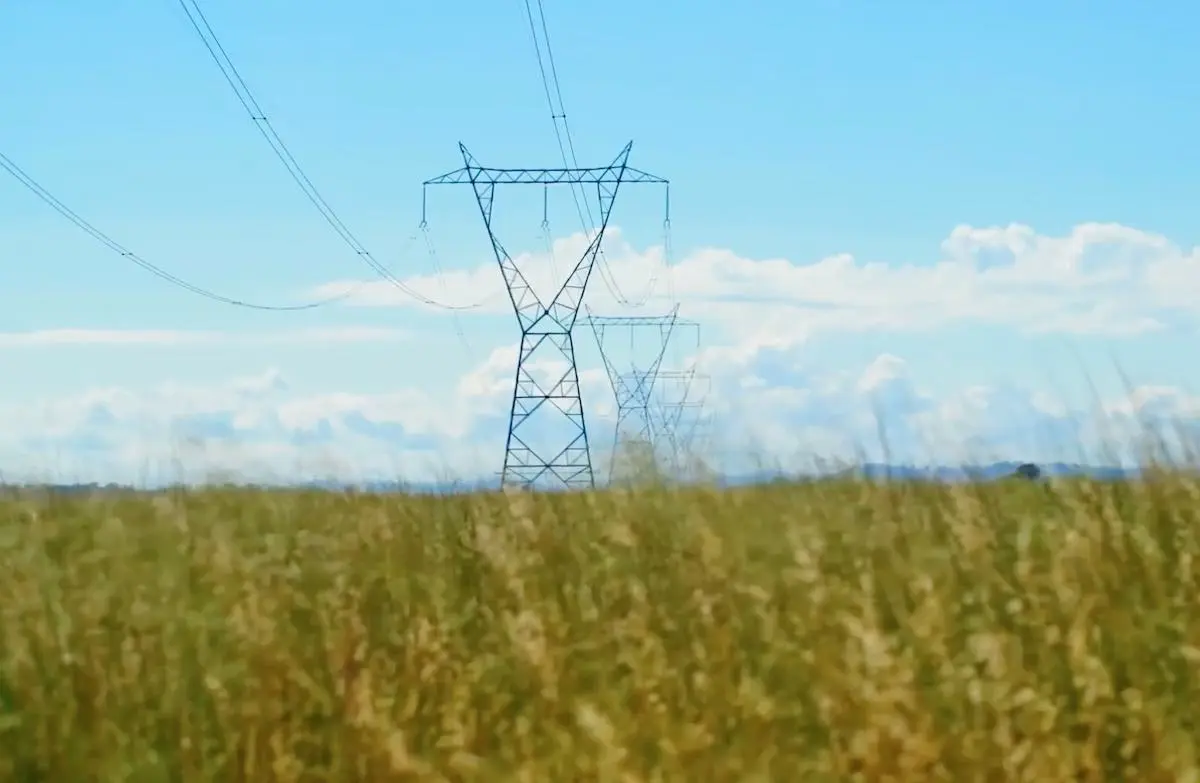The Ballarat end of the contentious VNI West transmission line may be changing, after community feedback prompted Transgrid and the energy market operator to look at other options.
The feedback around land use between Bendigo and Ballarat has forced the Australian Energy Market Operator (AEMO) and the transmission company to rethink a Western Renewables Link (WRL) connection north of Ballarat.
The alternative VNI West route is taking in connections in areas around Bulgana and Waubra/Lexton, to the west of Ballarat.
In July 2022, AEMO and Transgrid published the Project Assessment Draft Report (the report) for VNI West, the second of three reports in the regulatory process.
“Lessons from similar projects has reinforced the importance of early and meaningful engagement with all stakeholders, including communities, traditional owners and landowners,” AEMO media advisor Rika Potter said.
“It has also reinforced that the prospect of new transmission lines can come as a shock to communities – creating concerns about impacts on farm, livelihoods, and lifestyles. AEMO is committed to addressing these concerns openly and fairly.
“One of the key issues identified through the submissions to the report was the connection of VNI West to Western Renewables Link at the proposed terminal station north of Ballarat.
“In response, AEMO and Transgrid are investigating alternative options, still running via a terminal station near Kerang, but with connection to WRL west of the current proposed site.
“As part of this work, AEMO and Transgrid are undertaking consultation with stakeholders to collect inputs and insights that will help inform the assessment of these options. Outcomes of the investigation will be reported in the Project Assessment Conclusions Report (PACR).
“This work is ongoing, and no decision has been made to change the proposed location for connection to WRL.”
The VNI West proposal is for a new high-capacity 500 kilovolt (kV) double-circuit overhead transmission line, connecting the Western Renewables Link in Victoria to Energy Connect in New South Wales (NSW). This project won’t be commissioned until 2031/32 and ground won’t be broken until 2026.
Community opposition to using Ballarat, Bendigo
Groups in the Ballarat area are setting themselves against the north Ballarat connection, which is likely to require a double circuit 500kV line to Sydneham on the outskirts of Melbourne.
They are concerned that a route has been locked in already even though the line is in the early stages of consultation, with Moorabool and Central Highlands Power Alliance noting the VNI West “is also clearly identified (with no alternative and with the route already named as VNI West) in the 2022 ISP [Integrated Systems Plan]”.
The Hepburn Shire Council asks why a credible option is not a link between Bulgana and Kerang instead of VNI West, given they would be likely to impact on fewer properties, communities and farmlands rather than going through Bendigo. It also said underground lines are likely to be the only acceptable option.
“It is expected that the North of Ballarat Terminal Station (now Mt Prospect) will attract co-located projects. The cumulative effect of these projects has the capacity to fundamentally change land use in the Hepburn Shire,” the shire council said in a submission.
“The ‘indicative’ location of the terminal station is proposed to be in one of the most agriculturally valuable areas in Victoria and nationally/internationally sensitive heritage area and conflicts with the policy and overlays as specified above. The challenge regarding this proposed location is not only the sheer size of the proposed terminal station and associated infrastructure of impact such as site lighting, traffic, and associated land uses that it would attract by nature. A site of approximately 24 hectares would impact the area significantly.”
The Grampians New Energy Taskforce also advocated for a Bulgana connection as a way to bypass Bendigo and avoid building out a large terminal in Ballarat.
The Victorian Farmers Federation argued for the proposal to look at underground cables and for regulatory changes to how the government considers non-farm activities on arable land, such as putting it to use for the energy sector.
Social licences undermined by prior projects
The detailed submissions on VNI West reflect the undermining of community confidence in big transmission projects over the last few years.
Greenfield transmission projects have roused significant opposition as communities along the route deal with the prospect of huge towers imposing on views, new easements, compulsory land acquisition and enforced land access.
Other issues, noted in those community submissions to the VNI West, are repeated avoidable underestimation of network costs and time to build, such as the Humelink, unrealistic final assessments of benefit, and costs being lumped with consumers for projects where the main beneficiaries are entities other than consumers in a given region.
“VNI West must address these issues by dealing more appropriately with uncertainty, having credible and transparent benefits assessments on both sides of the border (another Project EnergyConnect-style final net benefits assessment won’t go down well), and timing is realistic, including any social license related delay,” said Craig Memery from the Public Interest Advocacy Centre in the VNI West process.
Of 212 complaints made to the Australian Energy Infrastructure Commissioner in 2021 — originally a body set up to investigate wind farm problems but now expanded to solar and infrastructure — 111 were about major transmission projects. Some 90 of these were about Victorian projects.
Although the offending projects were not named, RenewEconomy has detailed the struggles of AusNet Services’ Western Renewables Link, where in mid-2021 communities accused the network operator of “misrepresentation, deception and lack of empathy” in its dealings.










